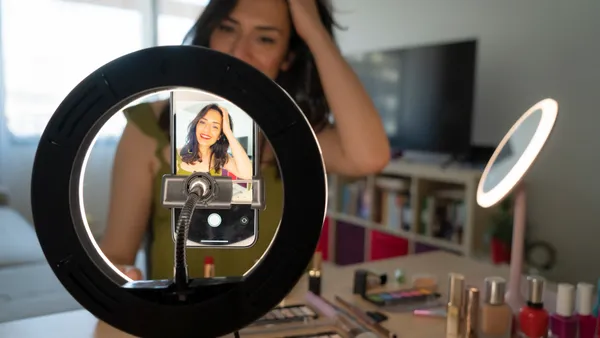Native advertising has been a buzzword in the industry for several years, but thanks to John Oliver’s rant against it on his HBO show “Last Week Tonight with John Oliver,” it brought the concept of native advertising to the masses. With 1.7 million views on YouTube after just a few weeks—as well as rapid spread across social media-- it also brought up some valid points about native advertising and it’s sometimes deceptive nature.
In the segment, Oliver cited a study from the Interactive Advertising Bureau that looked into how native ads are perceived by consumers of the news. As Oliver points out, only 41% of the general news audience were able to recognize sponsored content as advertising and not editorial content.
What Oliver didn’t point out from the IAB study was that 60% of respondents would prefer to have advertising that told a story rather than sold a product – a key distinguisher of native ads. The segment also left out that some readers were much more apt to spot a native ad depending on what industry it’s in – 82% of entertainment consumers and 85% of business consumers felt sponsored content was easy to spot.
The segment didn’t entirely paint native advertising in a negative light. Oliver did point out that publishers are only doing what is necessary to stay alive. A fraction of 0.01% of every display ad view inspires a click. Advertisers need more value than that to continue to support media. It’s not only listicle specialists like Buzzfeed that are turning to native ads either, established and well-respected publishers like the New York Times are also jumping on the bandwagon.
To find out what publishers and advertisers can do to utilize native ads in a way that brings in revenue, but still adds value to the publication and avoids deceiving consumers – we talked with Ash Nashed is the CEO and founder of Adiant. The digital technology company operates two ad networks – Adblade and IndustryBrains – and just announced a native ad exchange that utilizes Data Management Platform technology to target ads.
Nashed shared three main ways that advertisers and publishers can keep native ads honest.
1. Use transparent header language for native units and widgets.
Choice of language is critical in order for readers to understand the source of an article, Nashed said. Words like “Recommended” or “More in the News” are simply misleading, he said. Instead, he suggests something his ad exchange uses – “Offers and Articles from Around the Web.” The word “offers” is something that the general public has come to associate with paid promotions and “articles” shows there more than just promotional material in the link.
2. Include clear labeling even in native ad widgets
“Many native widgets integrate editorial content with paid distribution from other publishers, and then mix in ads,” Nashed said. Those widgets generally appear online at the end of an article or along the side bar of a site to encourage visitors to click for more content.
If the links in the widgets aren’t clearly labeled, that is deceptive to readers who may not be able to spot a native ad among all the widgets. All publishers should be aware of the labeling practices of any native widgets they choose to utilize. If each article link can’t be labeled, than a disclaimer for the whole set of widgets should be included.
3. Extend proper disclosure practices to landing pages.
Just like with the widgets, all places leading to a piece of sponsored content should be properly labeled. “Even when a consumer sees our properly disclosed native ad, they could mistake advertorial landing pages for unbiased editorial content,” Nashed said. “That is why we review and approve advertiser landing pages to ensure they are appropriately labeled.”
So ultimately, everything comes down to full disclosure.












